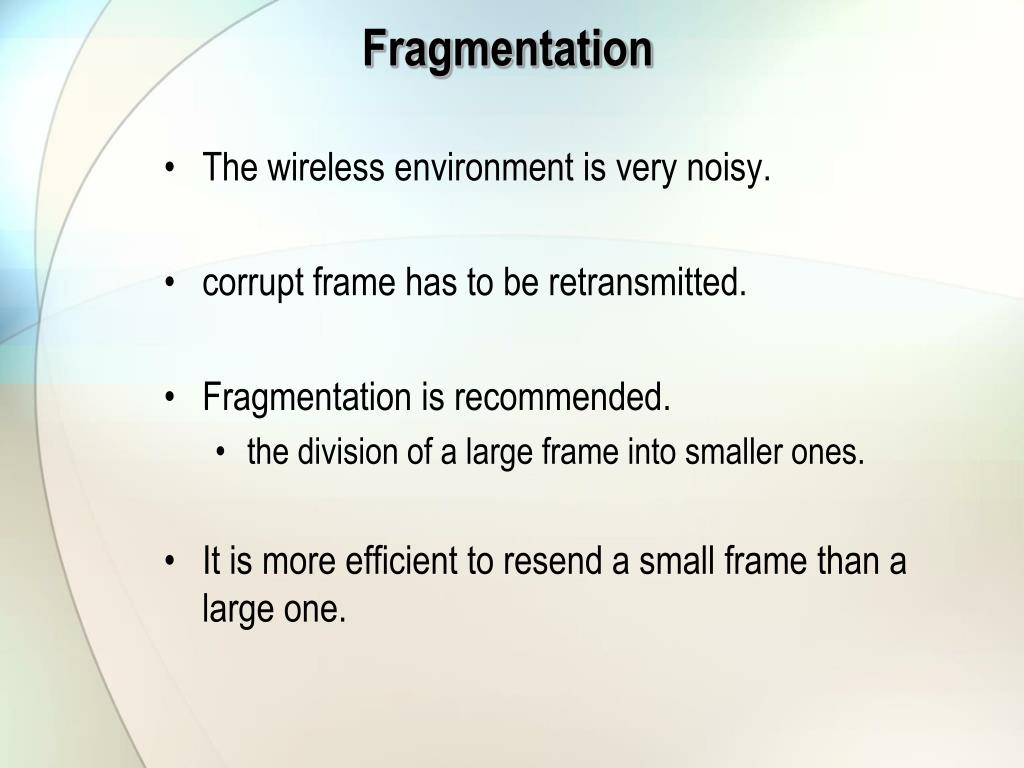
Like its predecessor, APFS automatically defragments your drive on the fly, although it works a little differently as it creates snapshots of files so you can access different versions of the same files. APFS was initially only available on SSDs (which as we’ve already said, shouldn’t be defragged anyway), but it arrived on hard drives and Fusion drives in 2018 with Mojave. A year later, in 2003, Hot File Adaptive Clustering arrived, which identifies files that are frequently accessed but rarely updated and moves them to a special area of the drive, defragging them during the process.Īpple then introduced APFS (Apple File System) in High Sierra in 2017.
#Reason for mac fragmentation networking mac os x
Then in Mac OS X 10.2, which arrived in 2002, the system got even cleverer at avoiding fragmentation. HFS+, which was introduced in 1998, could defrag files on the fly thanks to Hot File Clustering. Mac do not need to be defragmented because the file system (initially HFS+ and more recently APFS) prevents fragmentation and automatically defrags files if necessary – if the file has more than eight fragments, or is smaller than 20MB, it will be automatically defragged.


As we’ll explain below, you probably don’t need to defrag your Mac.


 0 kommentar(er)
0 kommentar(er)
